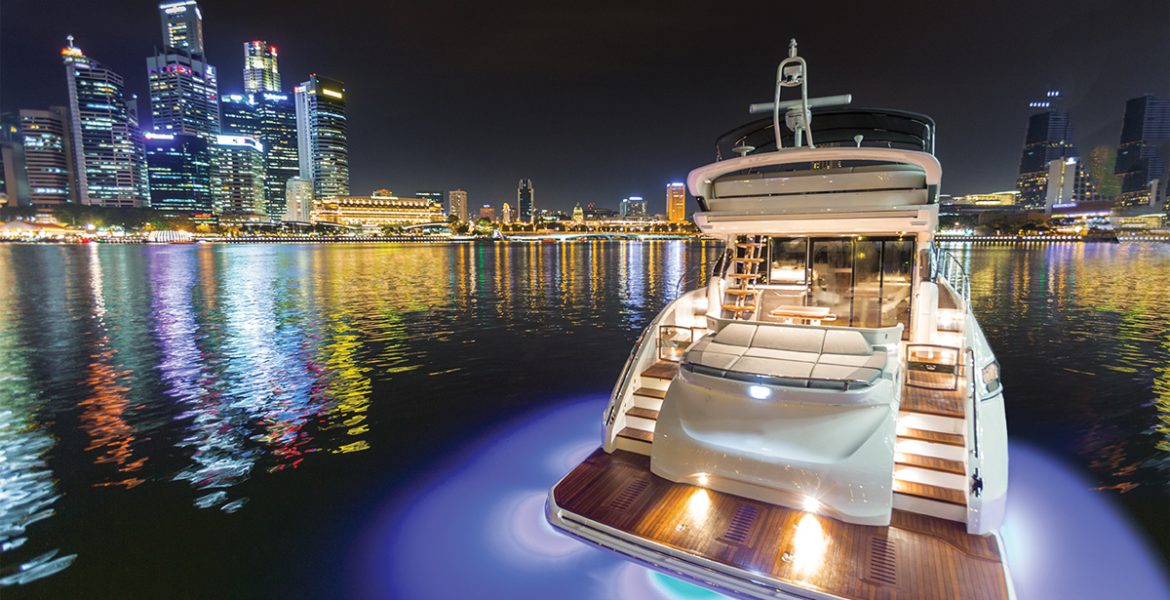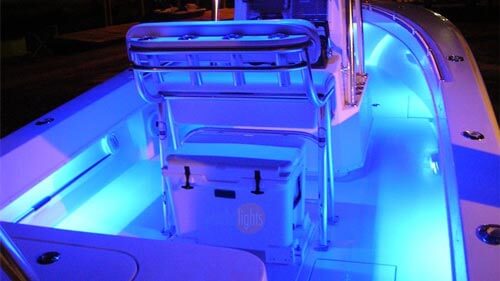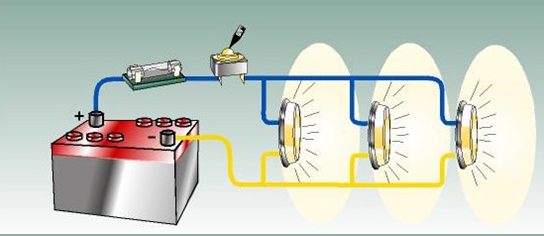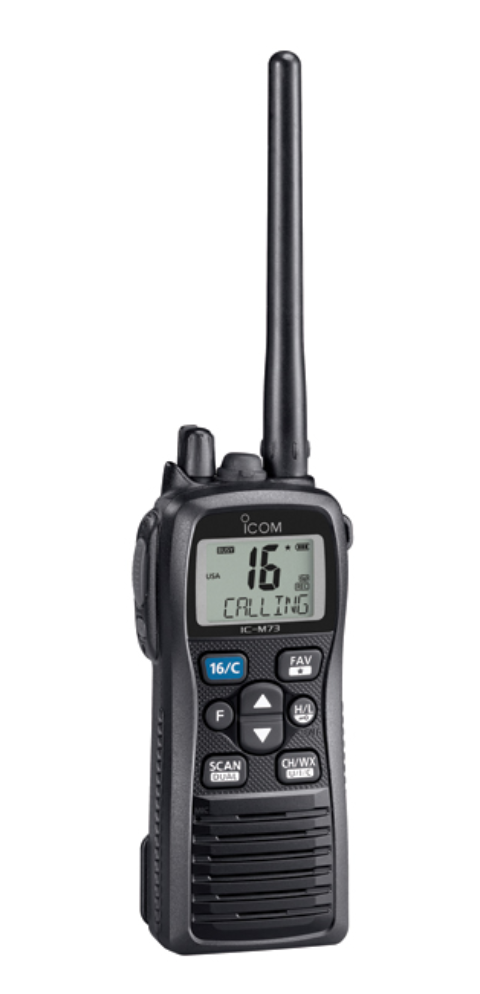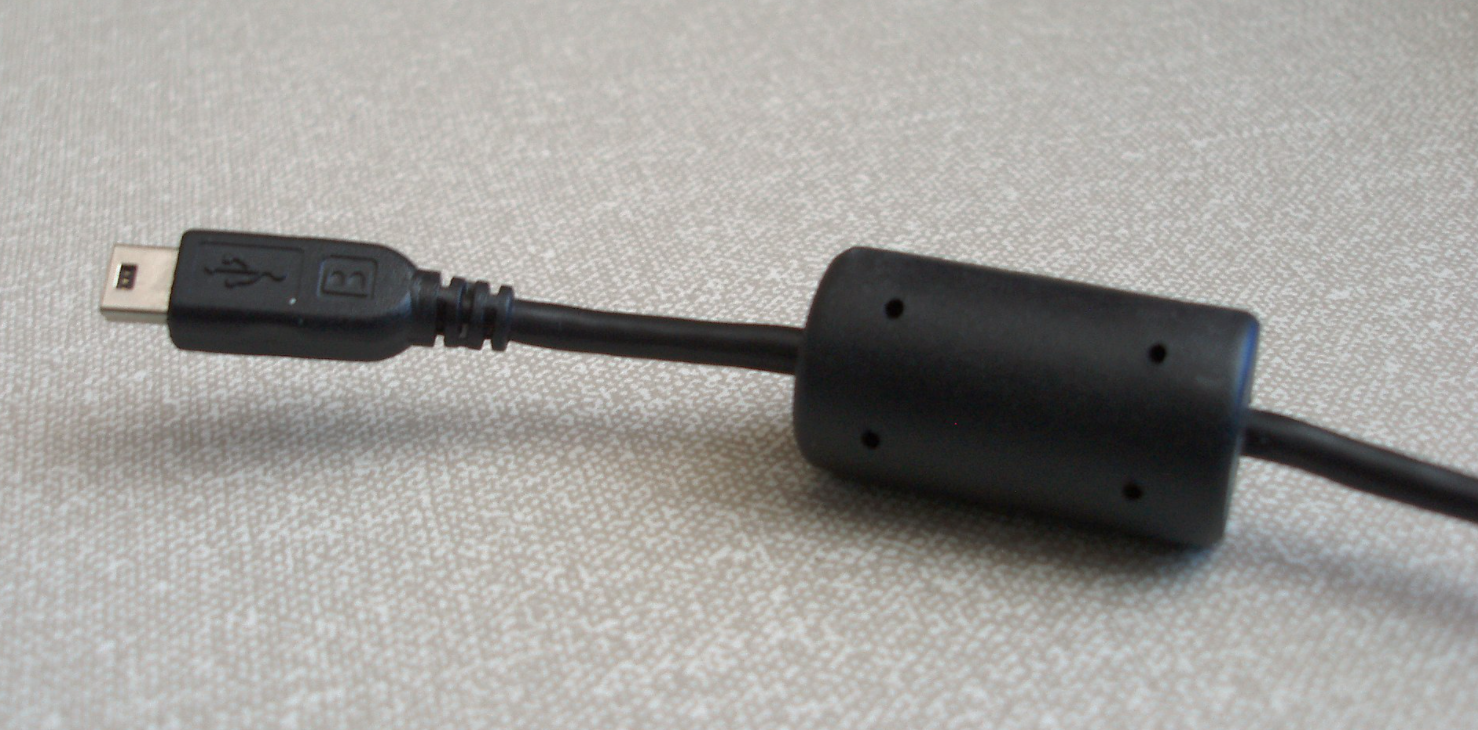LED Light Interference to Radio and AIS Equipment
Some captains have experienced noise interference on a VHF radio particularly at night or when overcast. This may be caused by on board LED lights interfering with radio reception. LED lighting has been a real benefit to boaters where the current draw from batteries can be reduced by up to 80%. That's a significant on board savings in electrical energy consumption. But be advised that some LED lights can be a source of electrical noise interference.
Diminished Signals
The Coast Guard published Safety Bulletin #13-18 to warn of potential interference that has been reported coming from LED lighting on boats. This interference has caused VHF radios to have diminished radio reception and can affect AIS navigation equipment reception as well.
Radios and AIS devices are most affected when LED lights are located in close proximity to VHF and AIS antennas. This includes interior LED lights and exterior lighting including navigation lights.
LED Interference Test: Turn off all lighting. Turn on the VHF radio, tune to a channel that is not in use and adjust the squelch to where the background noise disappears. Switch on the lights. If noise is heard, the lights are producing radio interference.
Solutions: Disconnect the radio’s antenna. If the problem disappears, relocate the antenna or LED light. In extreme cases, replace the LED light with a traditional incandescent light.
LED lighting has been a blessing to boating by reducing battery current drain and providing additional benefits by decreasing the size and weight of the wiring needed to power the lights. The heat generated in wiring with heavier currents is likewise decreased.
At the same time, some LED lights may pose a source of interference to on board communications and navigation gear affecting boating safety.
Possible Sources of LED Interference
LED interior illumination and decorative lighting, exterior navigation, spot and floodlights, deck and sidelights, as well as rope chain or string lighting and even some underwater lights can all be sources of radio interference.
The Coast Guard reports that some of the worst offenders are foreign-made LED lights and light fixtures.
Tools to Check for LED Interference
Use a handheld portable VHF as a radio interference detector. Tune the radio to a channel that is not being used. Adjust the squelch control to just slightly below the point where the radio's background noise or hash goes silent.
Move the radio near a suspect LED lighting fixture. If noise is suddenly heard the light may be radiating radio interference. This test is best made when the portable radio's antenna has been removed.
LED Radio Interference Solutions
Avoid using inexpensive foreign-made LED lights. These are more prone to radiate interference to electronics. It is best to purchase LEDs that are American-made and are more likely to conform with Coast Guard, FCC and ABYC electrical noise interference standards.
It is best to run LED power wires away from electronics and electrical cables and wiring and definitely away from VHF and AIS antenna and power cables. It is also suggested to keep LED wires as short as practical. Shielded power cable can be effective in reducing electrical interference as well.
Keep the separation between LED lights and VHF and AIS antennas at a minimum distance of 3’ (.91 m) to 4’ (1.22 m).
Clamp-on ferrite core filters commonly placed on the cables of computer, telephone and other electronic devices have proven helpful in eliminating or reducing electrical noise interference. These can be best used by installing these snap on cable filters where the powering wiring enters the LED lighting fixture.
TIP: Purchase LED lights that meet USCG Approval 33CFR 183.810, ABYC A-16 standards and have Underwriters Laboratories or equivalent accredited testing laboratory approval.
- Here is a link to the US Coast Guard's Marine Safety Bulletin # 13-18 detailing the Coast Guard's concern regarding radio noise interference to on board VHF communications and navigation electronics: https://www.dco.uscg.mil/Portals/9/DCO%20Documents/5p/CG-5PC/INV/Alerts/1318.pdf?ver=2018-08-16-091109-630
Additional Electrical Interference Warning
It has been observed that Off-the-Air broadcast TV reception antennas may cause interference to GPS. If a possible signal loss, intermittent operation of a GPS or position on your chart plotter are experienced, suspect the TV antenna.
TIP: Disconnect the power to an active TV antenna and observe the result. The power wiring to the TV antenna can be connected to a separate circuit breaker or have an off/on switch installed in the power line.
Report by Ken Englert
Ken Englert owns and operates Maritime Communications, a marine-electronics dealership in Marina del Rey, CA. He has been the marine electronics columnist for Boating magazine for 45 years and is a member of the Editorial Advisory Board and president of the Board of Directors for the Marine Electronics Journal. He is also a five-time winner in the annual Boating Writers International awards program. www.maritimecomm.com.
